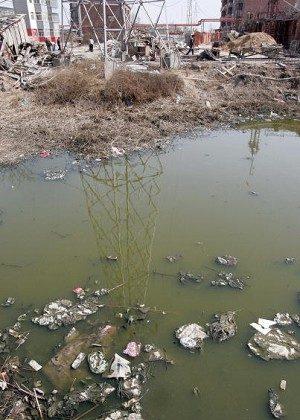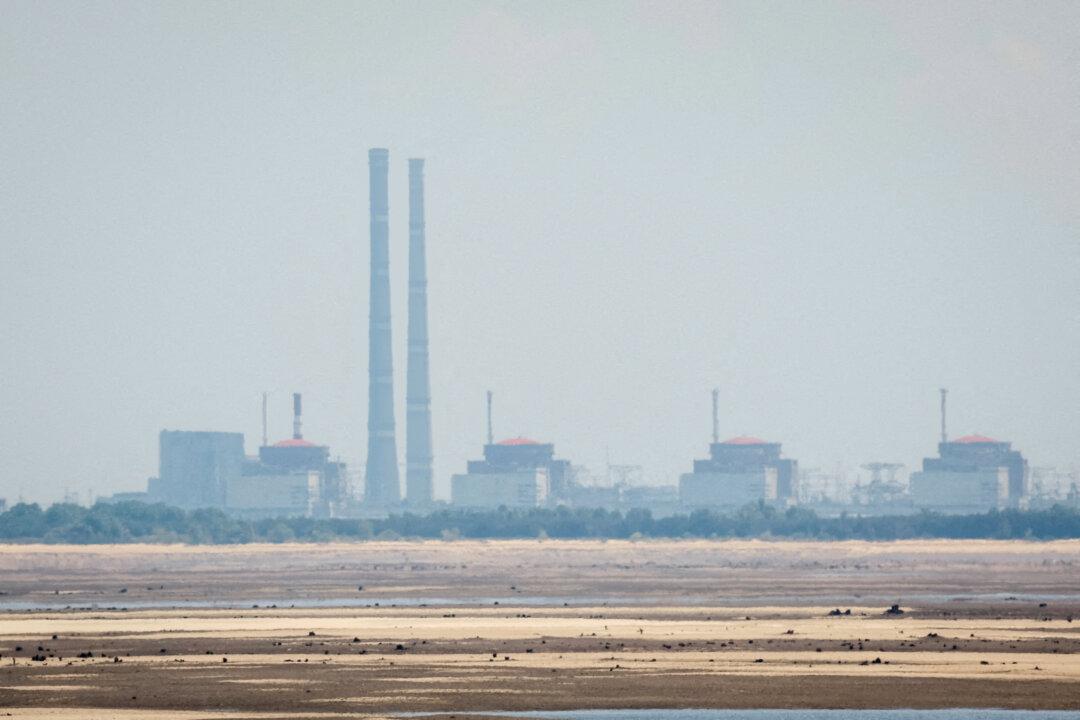BEIJING—Underground water reserves in around 9 out of every 10 Chinese cities are polluted or over-exploited, and could take hundreds of years to recover, the official Xinhua news agency reported on Saturday.
In costal areas overuse of reservoirs is allowing saline seawater to seep into and contaminate freshwater, while underground pressure changes caused by depleted reserves are also causing massive subsidence nationwide.
China has limited water resources, less than one third of the global per capita average and falling. Groundwater is crucial because it provides up to 70 percent of drinking water.
“Groundwater is now contaminated in about 90 percent of the nation’s cities,” Xinhua quoted Zhang Lijun, deputy director of the State Environmental Protection Administration saying.
Years of promoting economic growth at almost any cost have taken their toll on China’s environment, although growing rural discontent caused by dirty water and other pollution has pushed Beijing to promote cleaner growth.
But because some groundwater aquifers are up to 20,000 years old—and many around the capital Beijing hold water from 1,000 years ago—China cannot afford to put off pollution control.
“If polluted, surface waters can soon clean itself,” Xinhua quoted water expert Ma Jun saying. “But groundwater needs an unimaginable length of time to become clean. Prevention is all we can do.”
Subsidence could also become a major economic headache.
Among the worst-hit cities are the finance hub Shanghai, and Tianjin port, which have sunk over two metres since the early 1900s, according to a Ministry of Land and Resources survey.






Friends Read Free